Ventilation at five major U.S. airports with designated smoking areas does not protect passengers from the health risks of secondhand smoke, the Centers for Disease Control and Prevention warns Tuesday.
The CDC, in its first study comparing air quality at airports with and without smoke-fee policies, finds that pollution levels adjacent (within a meter or 39 inches) to smoking areas are five times higher than levels at airports that entirely ban smoking. Levels inside smoking areas, including bars and restaurants, were 23 times higher than at smoke-free airports.
“Significant secondhand smoke exposure is going on. …These are unnecessary dangers for airport employees and passengers,” says Tim McAfee, director of CDC’s Office on Smoking and Health. He says the report shows smoking areas are not ventilated enough, adding that a ban on all indoor smoking is the “only effective protection” against secondhand smoke.
McAfee says there’s “no safe level” of secondhand smoke exposure. The CDC says it causes heart disease and lung cancer in non-smoking adults and is a known cause of sudden infant death syndrome or SIDS, respiratory problems, ear infections and asthma attacks in infants and children. It says even brief exposure can trigger acute cardiac events such as heart attack.
Although federal laws ban smoking on all U.S. domestic and international commercial airline flights, they do not require airports to be smoke-free. Most airports with designated smoking areas are located in states without smoke-free laws or are exempted from such laws.
Five of the 29 largest U.S. airports, accounting for about 15% of U.S. air travel last year, allow smoking in designated public areas: Hartsfield-Jackson Atlanta International Airport, Washington Dulles International Airport, McCarran International Airport in Las Vegas, Denver International Airport and Salt Lake City International Airport.
Many passengers surveyed say they want smoking areas, says Kimberly Gibbs, spokeswoman for Dulles International Airport. Because the airport has many international flights, she says passengers switching gates cannot simply step outside for a smoke without having to go through security again. She says police patrol the airport to ensure smoking occurs only in designated lounges, situated in three of the six concourses.
Last month, the CDC measured the levels of particulate matter — an indicator of secondhand smoke — in the smoking and non-smoking areas of the five airports and compared them to the overall levels at four smoke-free hub counterparts: Chicago O’Hare International, Fort Lauderdale-Hollywood International, Orlando International and Phoenix Sky Harbor International.
Co-author Brian King, a CDC epidemiologist, says the findings are consistent with those from other studies the agency has done on secondhand smoke exposure in indoor smoking areas. Yet with the airports, he says he was surprised by the amount of air leaking from smoking rooms into adjacent areas.
The report found that the passenger boarding areas in the five airports that allow smoking have a slightly higher, but statistically insignificant, level of pollution than that found overall at smoke-free airports.








